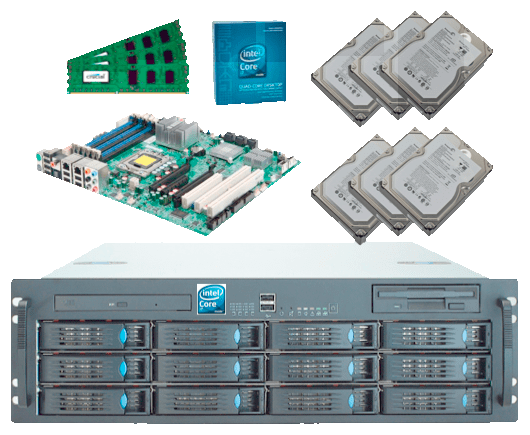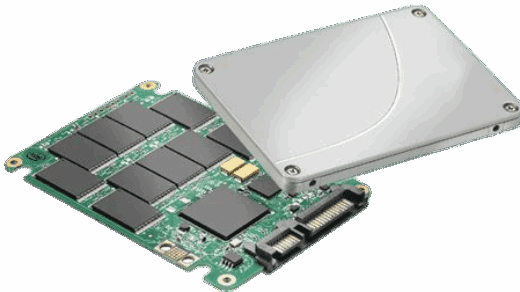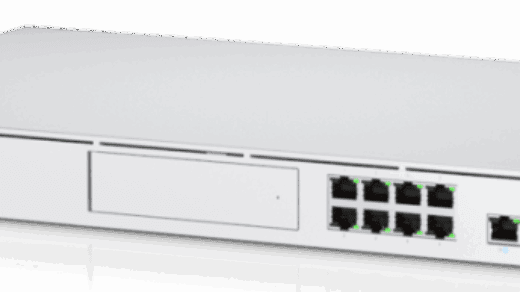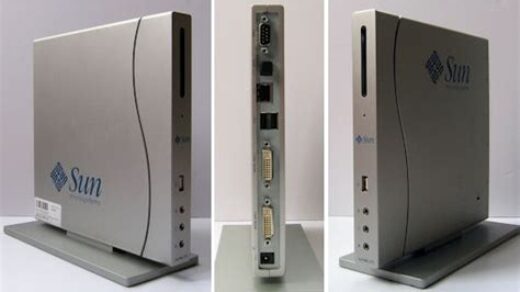
Every self-respecting geek has a home media server to store their CD and DVD rips, downloaded TV shows, photos, etc. and I’m no exception. I’ve always found it interesting to see what others put together to fill this void, so I’m returning the favor by showing off my current setup.
The full components list includes:
- Chenbro RM31212B 3U Rackmount Chassis including a 460W Zippy PSU
- Intel Core i7 920 Nehalem 2.66GHz Quad-Core
- Crucial 6GB 240-Pin DDR3 SDRAM (PC3 10600) Triple Channel Memory Kit
- Supermicro MBD-X8SAX-O Intel X58 Server Motherboard
- Seagate Barracuda 7200.9 ST3120813AS 120GB 7200 RPM Sata Hard Drive(x2 system drives)
- Seagate Barracuda 7200.8 ST3250823AS 250GB 7200 RPM Sata Hard Drive (x6 data drives)
- Seagate Barracuda 7200.11 ST31000340AS 1TB 7200 RPM SATA Hard Drive (x6 data drives)
- SYBA SD-SA2PEX-2IR PCI-e SATA II card (x2)
- Supermicro AOC-SAT-MV8 (x1)
- Ancient Matrox PCI video card
This server provides audio/video/photos/etc. to two hacked AppleTV boxes, my wife’s iMac, and my Mac Pro via Samba. It also serves up home directories for the Sun Ray thin-client in the kitchen and acts as a backup server for our Macbook Pro laptops.
It has been through a number of incarnations over the years. I picked up the Chenbro case off eBay a year or so ago for around $350 which was a steal, considering they run upwards of $800 new. The motherboard, CPU, memory, and 1TB drives are new as of December 2008 (early Christmas present, yay!). Everything else I’ve had for a couple of years and it’s been the usual organic upgrade process. The Supermicro MBD-X8SAX-O motherboard is so new that I must have been the first one to buy it off Newegg. The price for the new motherboard/cpu/memory dropped about $100 less than a week after I ordered, and I hadn’t even received the parts yet. Typical! I tend not to be so bleeding edge and only upgrade every three years or so, but the timing was right and Nehalem was calling.
I was previously using a Tyan S2865G2NR board with a 2.2GHz AMD Athlon X2 and 4GB of Crucial memory. There was nothing wrong with this other than it didn’t have enough PCI-X or PCI-E slots, and socket 939 is getting a bit long in the tooth. The upshot is that I can get ~$200 out of the old parts on eBay and recoup some of the bleeding edge cost.
Upgrading to the new motherboard was mostly straightforward, although I had to do a manual dist-upgrade to the latest NexentaCP unstable since the OpenSolaris b85 kernel had problems booting. I burned NexentaCore 2.0 Alpha1 and used the recovery grub option to login, mount my syspool, and fix things. I’m in the process of migrating all the data off the six Seagate 250GB drives which are attached to the AOC-SAT-MV8. This card has had a lot of problems with ZFS and has been discontinued by Supermicro in favor of the AOC-SAT2-MV8. Whenever I expand beyond six disks, I’m going to skip straight to the AOC-USAS-L8i using mini-SAS to SATA cables.
So far the new board/cpu/memory appear stable, and it’s been serving up WALL-E repeatedly to our three year old for a few days now. It’s nice to see Hyperthreading giving us what appears as 8 cores:
# psrinfo -v
Status of virtual processor 0 as of: 12/15/2008 22:56:39
on-line since 12/14/2008 18:22:47.
The i386 processor operates at 2660 MHz,
and has an i387 compatible floating point processor.
Status of virtual processor 1 as of: 12/15/2008 22:56:39
on-line since 12/14/2008 18:22:51.
The i386 processor operates at 2660 MHz,
and has an i387 compatible floating point processor.
Status of virtual processor 2 as of: 12/15/2008 22:56:39
on-line since 12/14/2008 18:22:51.
The i386 processor operates at 2660 MHz,
and has an i387 compatible floating point processor.
Status of virtual processor 3 as of: 12/15/2008 22:56:39
on-line since 12/14/2008 18:22:51.
The i386 processor operates at 2660 MHz,
and has an i387 compatible floating point processor.
Status of virtual processor 4 as of: 12/15/2008 22:56:39
on-line since 12/14/2008 18:22:51.
The i386 processor operates at 2660 MHz,
and has an i387 compatible floating point processor.
Status of virtual processor 5 as of: 12/15/2008 22:56:39
on-line since 12/14/2008 18:22:51.
The i386 processor operates at 2660 MHz,
and has an i387 compatible floating point processor.
Status of virtual processor 6 as of: 12/15/2008 22:56:39
on-line since 12/14/2008 18:22:51.
The i386 processor operates at 2660 MHz,
and has an i387 compatible floating point processor.
Status of virtual processor 7 as of: 12/15/2008 22:56:39
on-line since 12/14/2008 18:22:51.
The i386 processor operates at 2660 MHz,
and has an i387 compatible floating point processor.
I’ll work on benchmarking this home-grown thumper lite after the New Year. The next upgrade is to install two Intel X25-M SSDs for the L2ARC and two Intel X25-E SSDs for the ZIL. Given the cost of SSD at the moment I think I’ll wait awhile this time.




